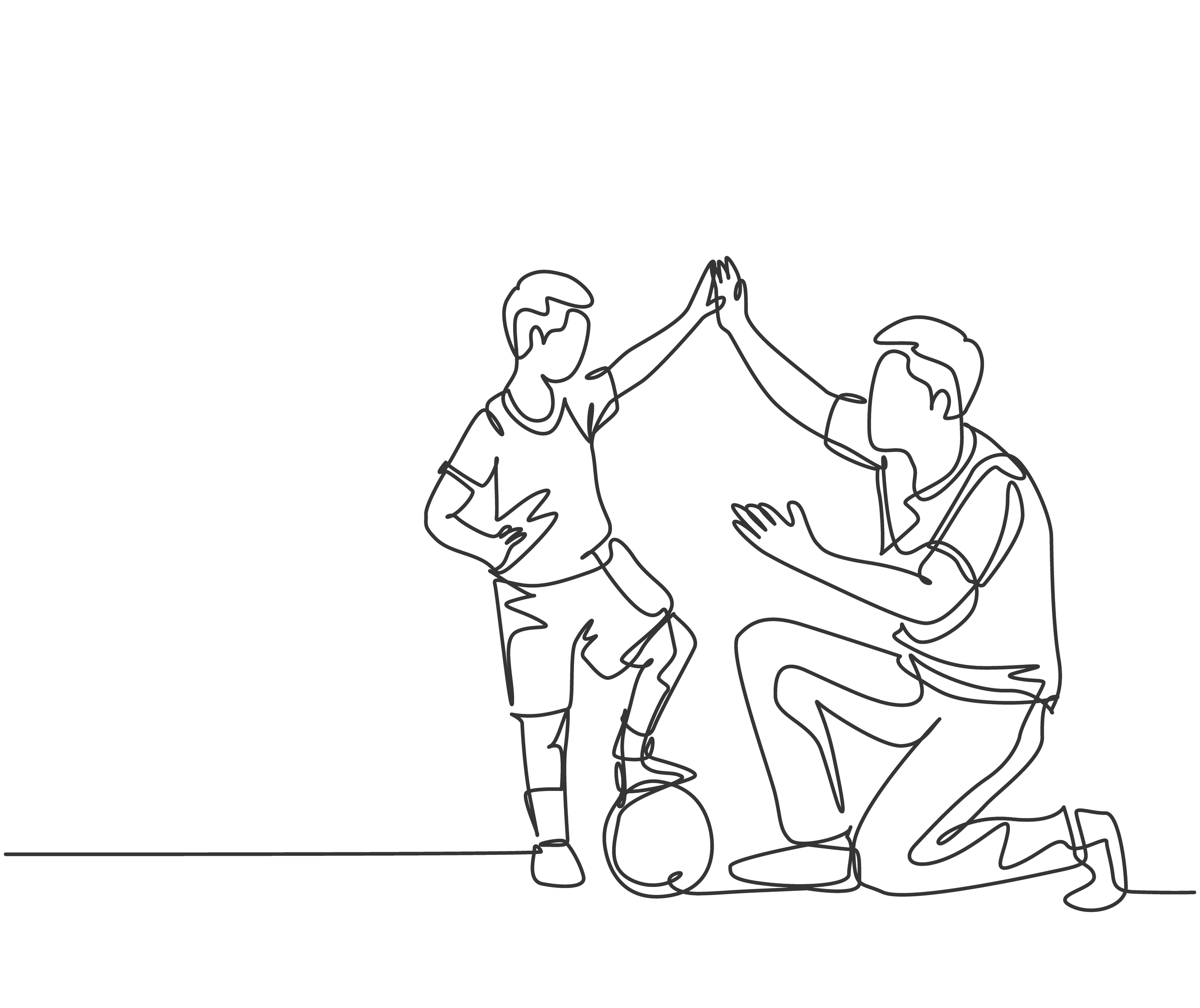Sensory Tools Checklist for Children with Sensory Processing Disorder (SPD)
July 11, 2024
Sensory Tools Checklist for Children with Sensory Processing Disorder (SPD)
Sensory Tools Checklist for Children with Sensory Processing Disorder (SPD)
Sensory Processing Disorder (SPD) can affect children in various ways, and each child may have unique needs when it comes to sensory input. To aid parents, caregivers, and educators in supporting children with SPD, we’ve compiled a comprehensive checklist of sensory tools designed to cater to children aged 2-15 years. These tools can help in managing sensitivities, enhancing focus, and fostering a sense of calm.
Before integrating any new sensory tools into a child’s routine, it’s recommended to consult with an occupational therapist who has experience with SPD to ensure these interventions are suitable for the child’s specific needs.
Tactile Tools
- [ ] Sensory Bins: Filled with sand, rice, beans, or water beads, sensory bins allow for safe exploration of textures.
- [ ] Weighted Blankets:Provides deep pressure input that can be calming for some children.
- [ ] Fidget Toys: Items such as stress balls, fidget spinners, or stretchy strings, can help improve concentration by keeping hands busy.
- [ ] Therapeutic Putty: Strengthens hand muscles and provides tactile exploration.
- [ ]Textured Balls and Toys: Offer a variety of tactile sensations to explore.
Vestibular & Proprioceptive Tools
- [ ] Swing: Swings that offer gentle back-and-forth or spinning movements can help with balance and spatial orientation.
- [ ] Balance Board: Enhances vestibular input through balance activities.
- [ ] Trampoline: Jumping can provide proprioceptive feedback and help with muscle coordination.
- [ ] Compression Clothing:Wearable items that offer snug, pressure input throughout the day.
- [ ] Resistance Tunnel or Play Tunnel: Crawling through resistance offers deep pressure and resistance.
Visual Tools
- [ ]Fiber Optic Lights and Lamps: Offer soothing visual stimuli.
- [ ] Liquid Motion Bubbler: Watching the slow and steady drip can be calming.
- [ ] Visual Timers: Helps in managing transitions by providing a visual countdown.
- [ ] Dark Den or Tent: Creates a safe space with reduced visual stimulation.
- [ ] Colorful Gel Clings: For window sensory play that provides both visual and tactile experiences.
Auditory Tools
- [ ] Noise-Canceling Headphones: For children who are sensitive to sounds, reducing background noise can help.
- [ ] Musical Instruments: Create opportunities for controlled auditory input.
- [ ] Sound Machine: Provides a range of soothing sounds for relaxation or sleep.
- [ ] Chewable Jewelry: Offers an alternative focus for children who seek auditory feedback from chewing or biting.
- [ ] Soft-Tone Bells or Chimes: Gentle sounds can be soothing and less overwhelming.
Olfactory & Taste Tools
- [ ] Scented Putty or Dough: Offers a gentle olfactory experience during tactile play.
- [ ] Flavored Chew Sticks or Chewelry: Provides oral sensory input in a safe manner.
- [ ] Scented Markers: For drawing and coloring activities that include a sensory experience.
- [ ] Taste Tests with Various Textures and Flavors: Helps in exploring different tastes in a controlled and fun way.
- [ ] Herb and Spice Exploration Kits: Introduce a variety of smells in cooking or sensory bin activities.
Remember, incorporating sensory tools into a child’s daily routine should be done gradually, observing their reactions to each tool. What works for one child may not work for another, so customization based on the child’s preferences and needs is key. With the right support and tools, children with SPD can successfully navigate their sensory world.











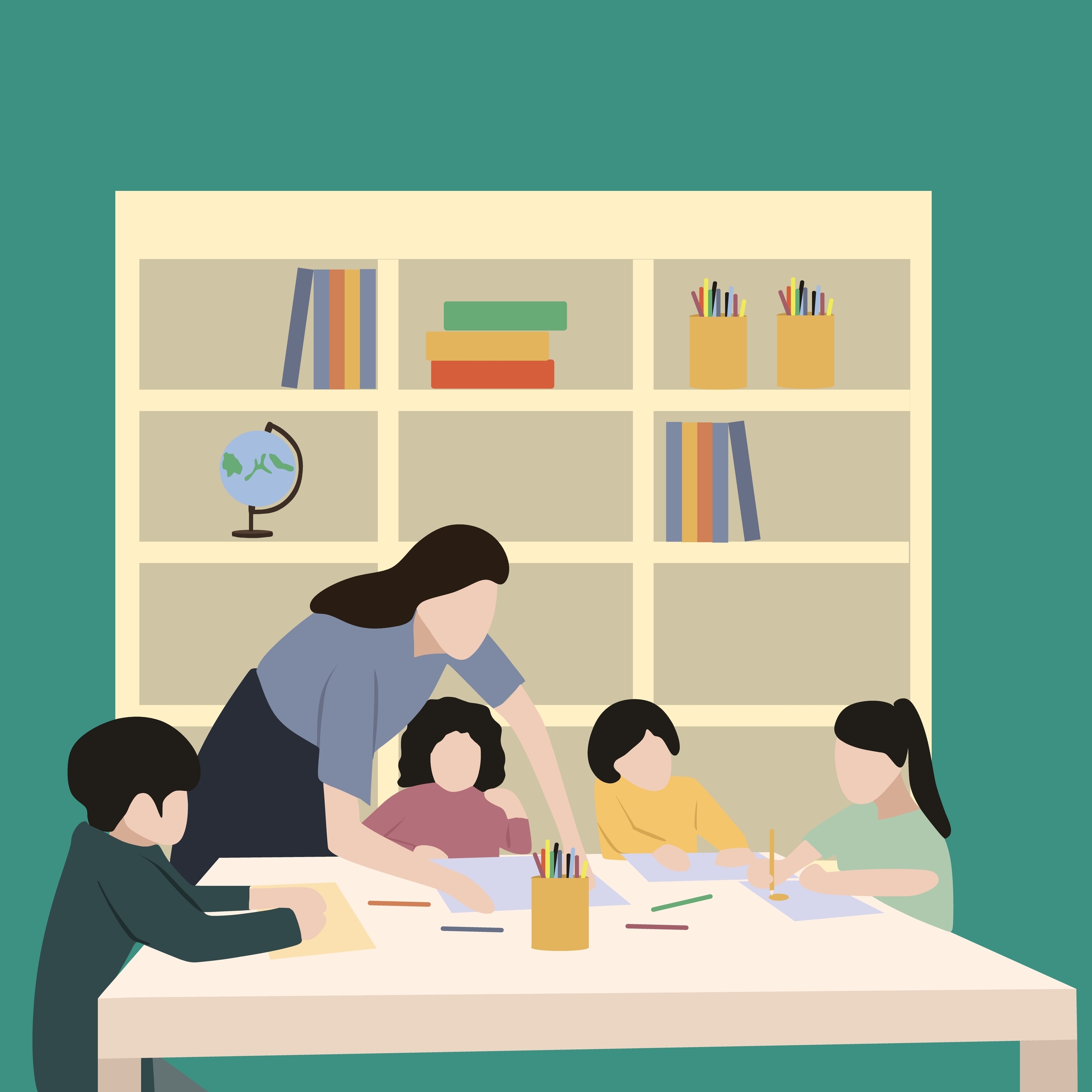






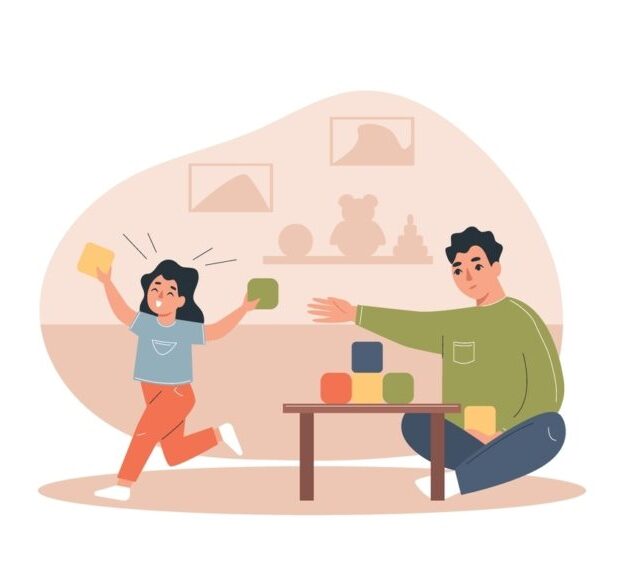

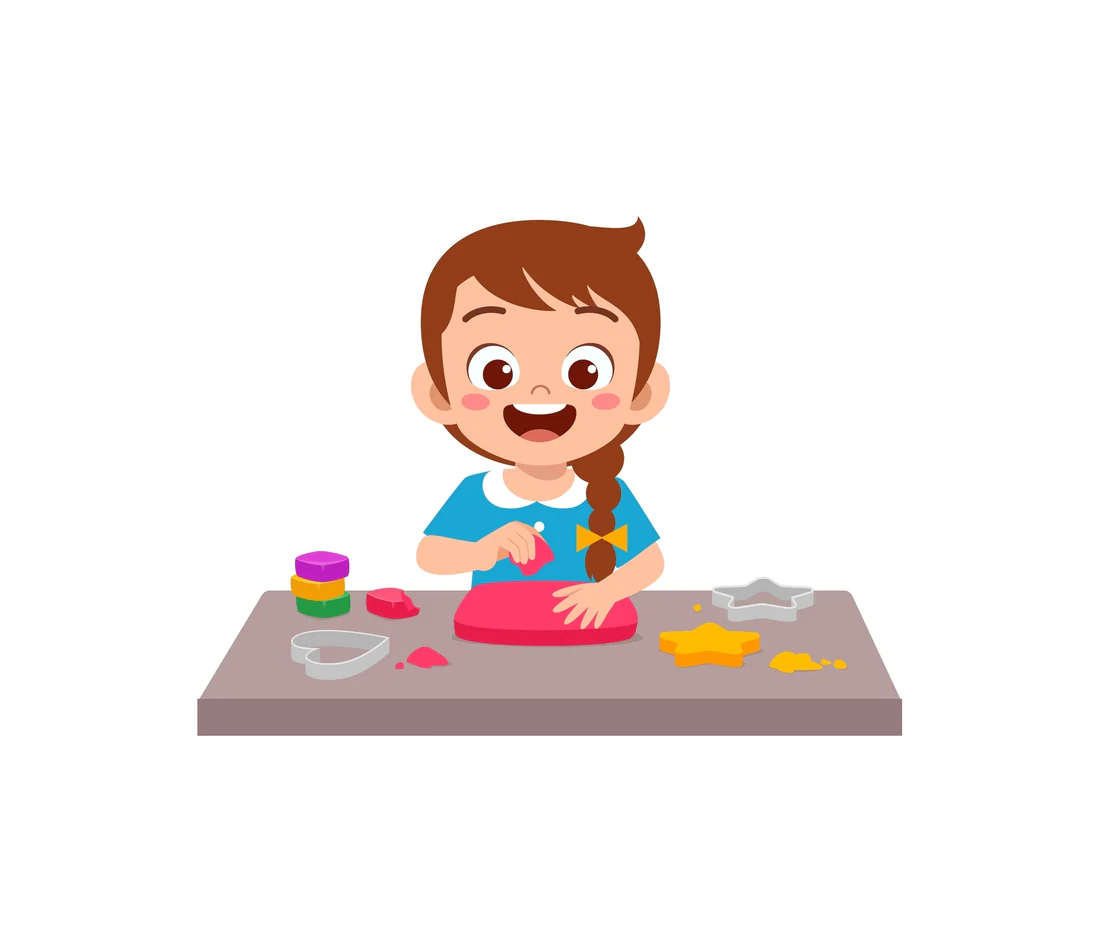
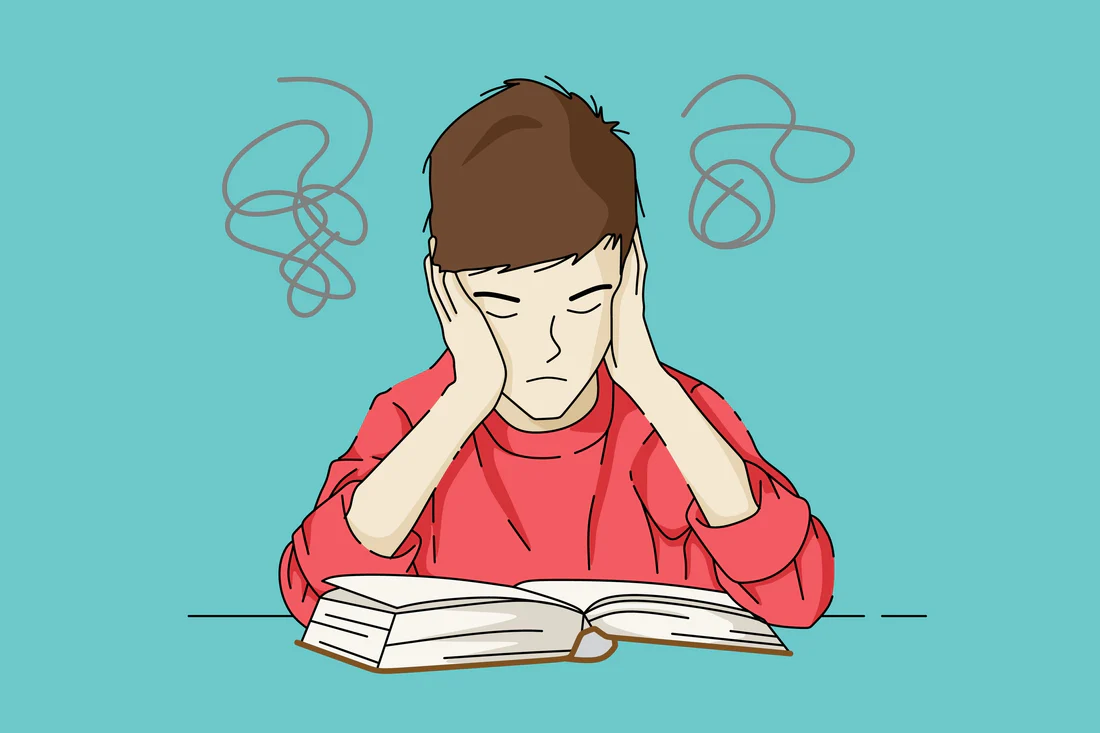
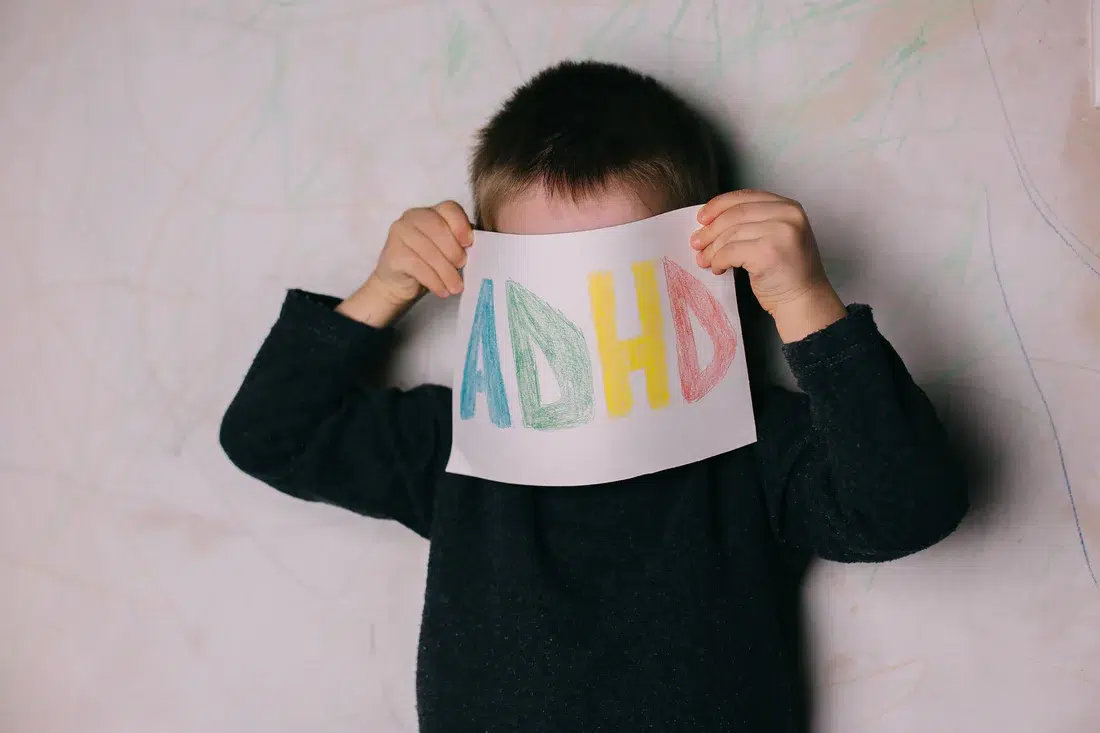




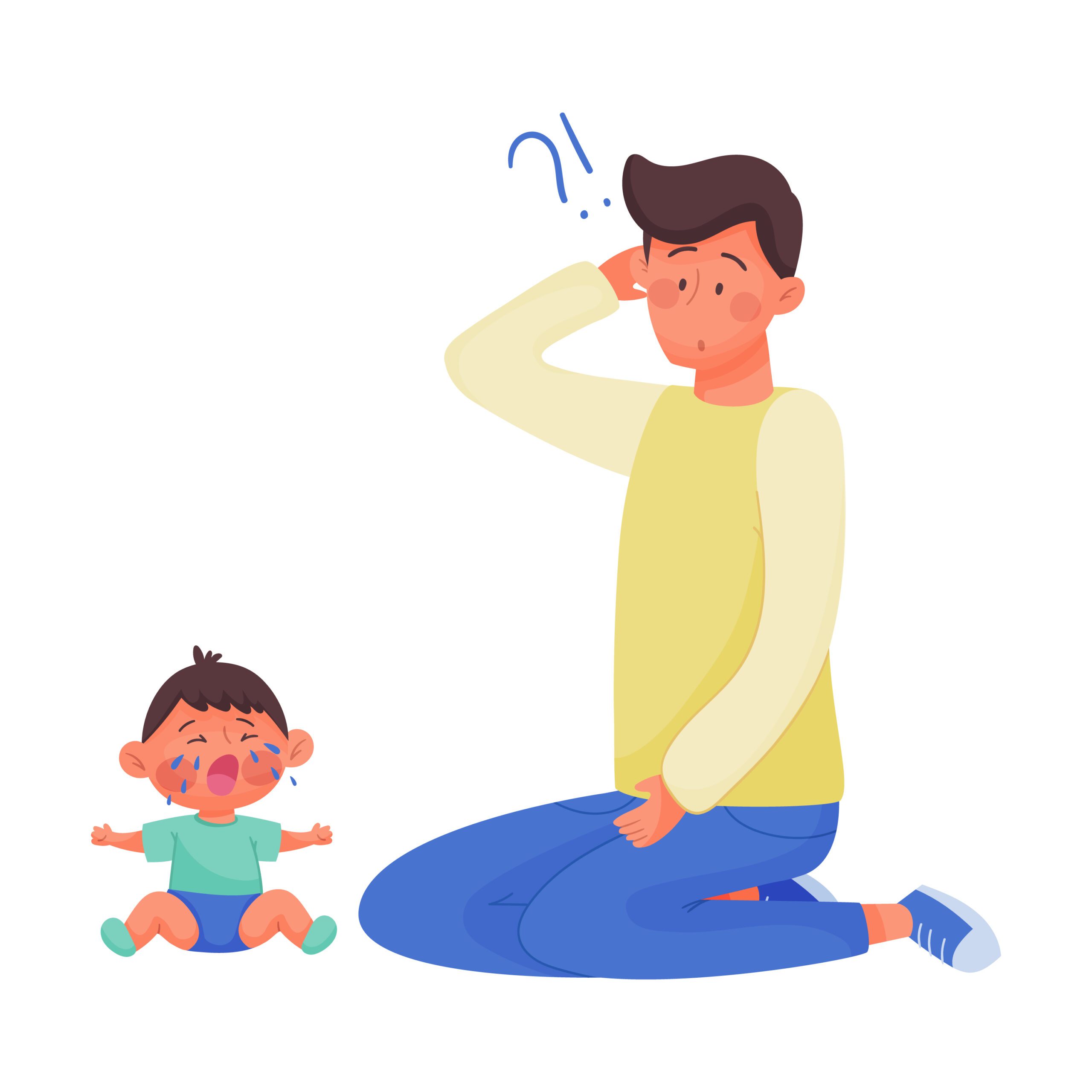
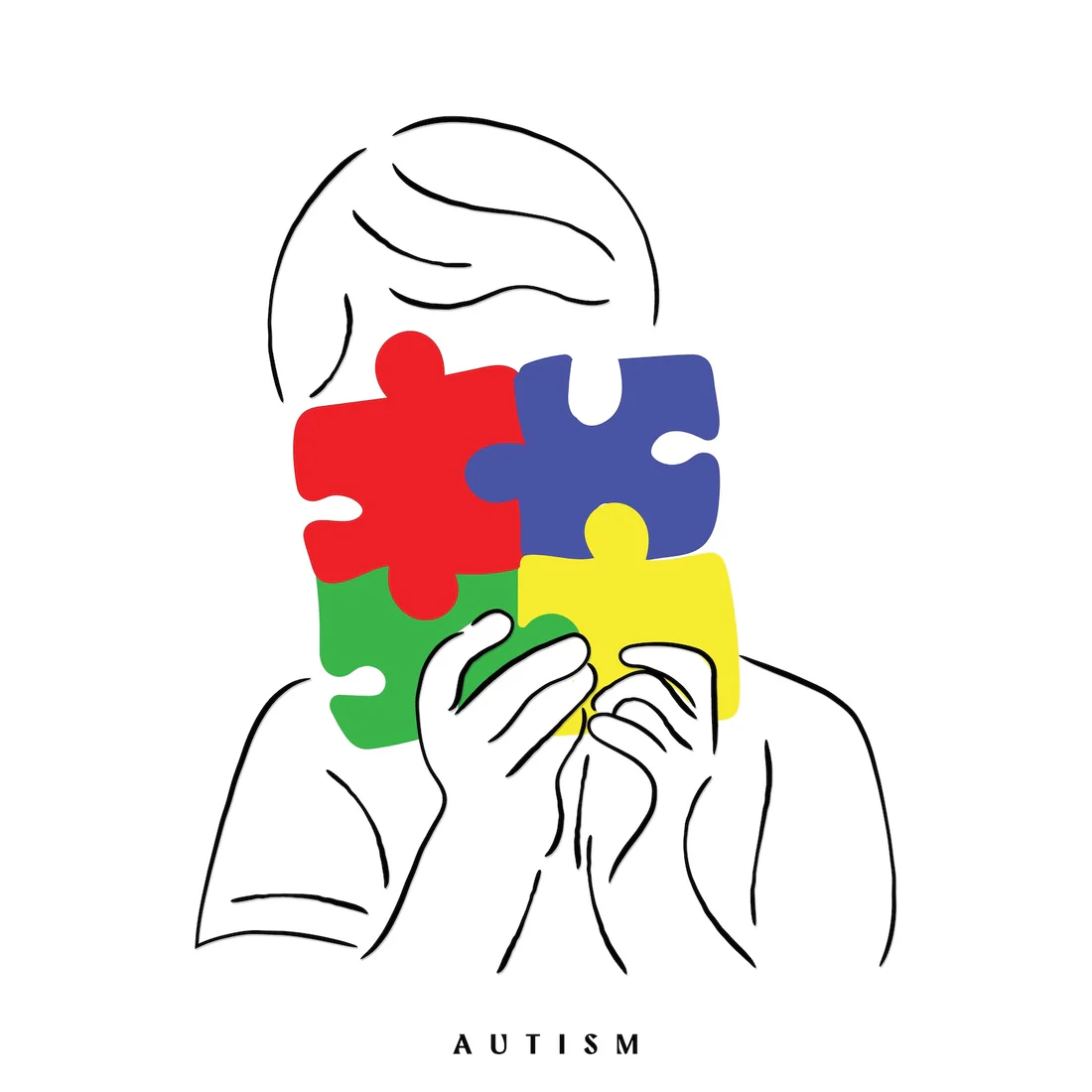
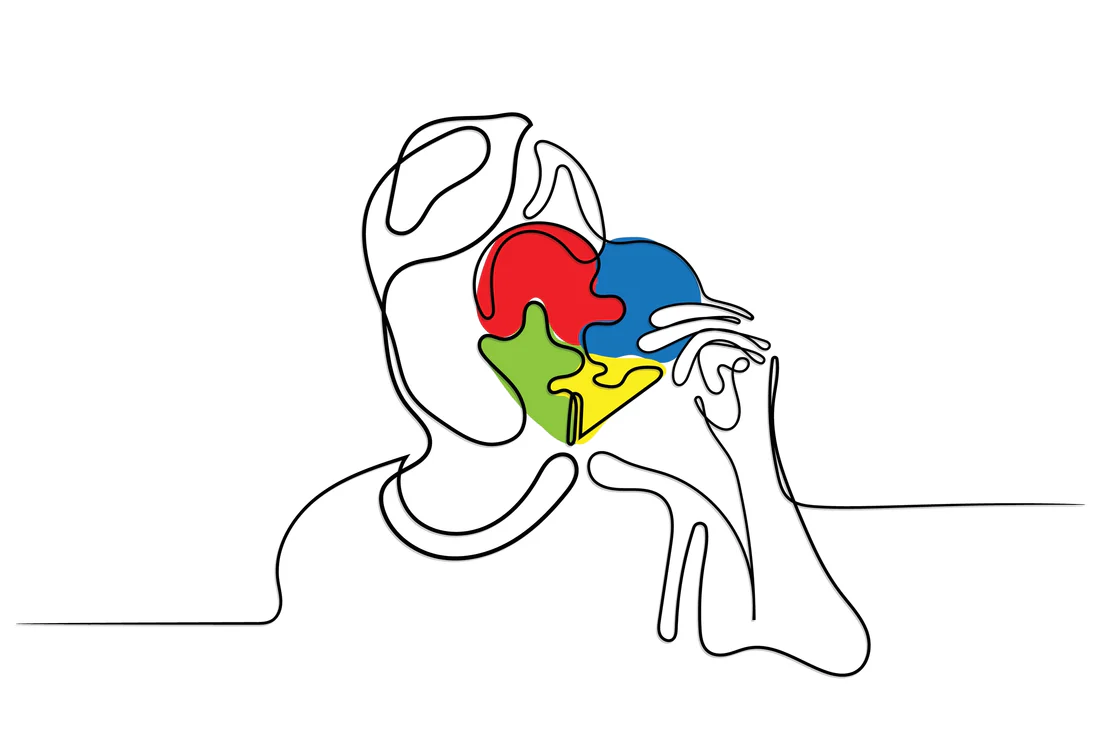

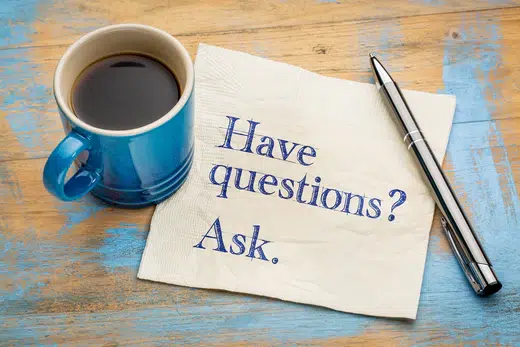



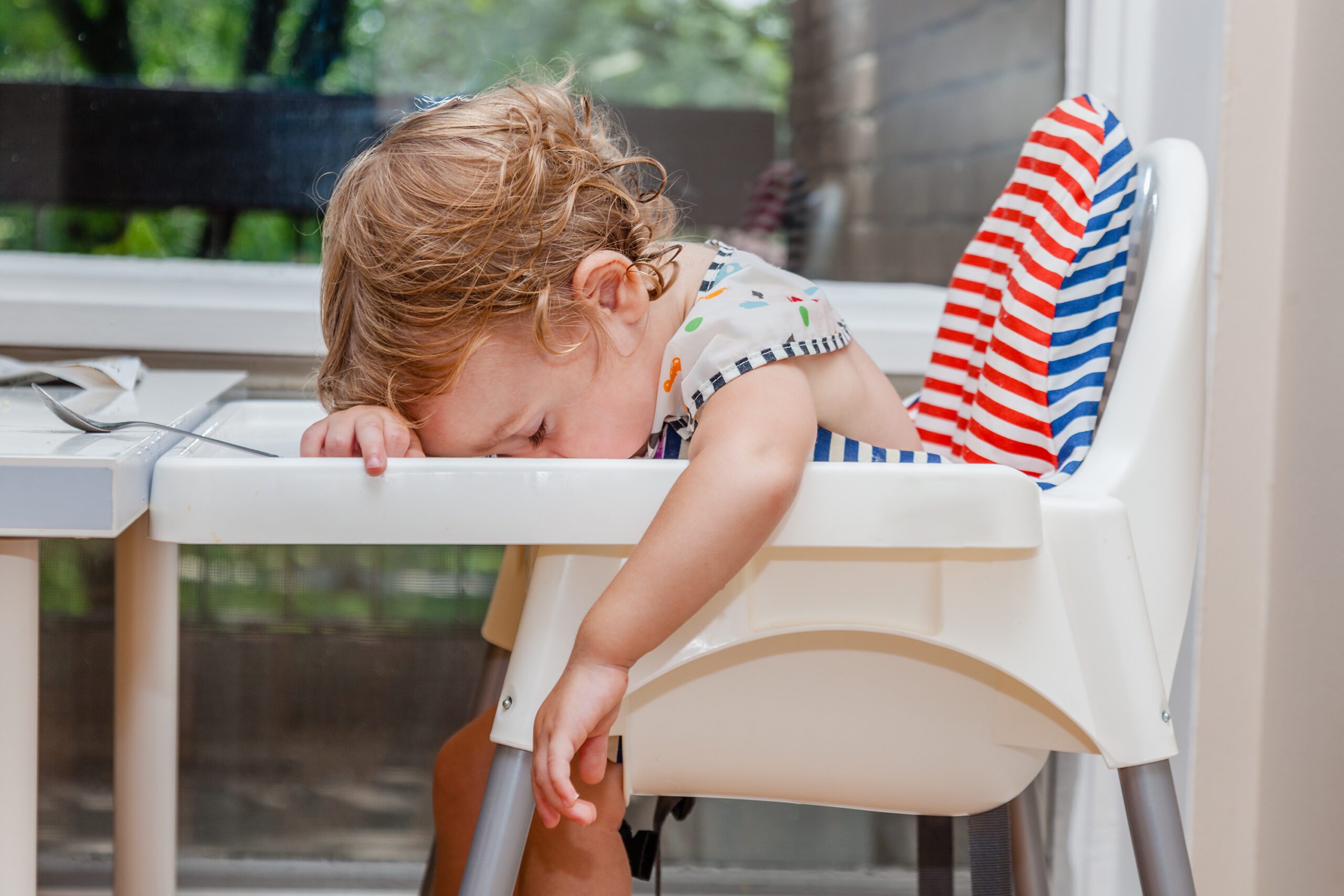




 Speech Therapy
Speech Therapy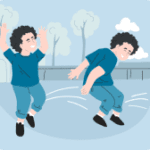 Physical Therapy
Physical Therapy Occupational Therapy
Occupational Therapy




